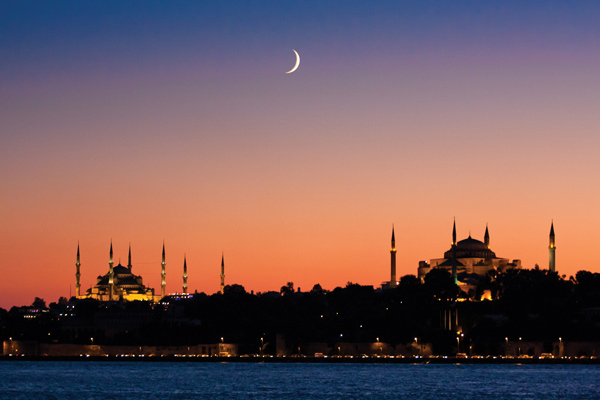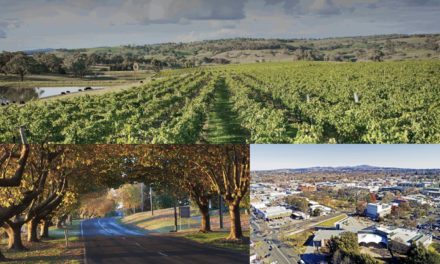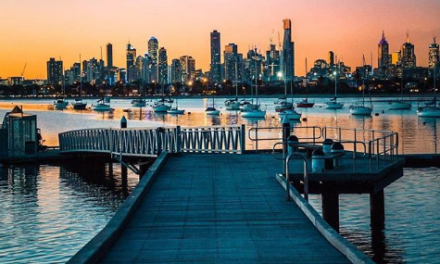Bordered by eight countries, Turkey strikes a compelling balance between Asia, Europe and the Middle East.
Blending together the most remarkable elements of the three regions’ history, culture, religion and entertainment, Turkey consumes the curious traveller into a whirl of wonder, adventure and awe.
Turkey’s cultural diversity is encapsulated in one of its most vibrant cities, Istanbul. From staggering historical sites and museums, to delectable dishes and a diverse nightlife, Istanbul bubbles with possibility, character and charm. Cultural and religious icons dot the horizon while the scent of simmering classical Ottoman cuisine; refined with Asian and European elements, wafts across the cobblestoned city streets.
Here are just a few of the ways you could while away your time in a visit to Istanbul, there’s no doubt you will end up wishing there were more hours in the day.
The Basilica Cistern
Constructed in the sixth century and long forgotten for centuries, the Basilica Cistern is a testament to the engineering feats of Istanbul’s ancestors. The underground cistern once bought drinking water from Thrace to Istanbul. Aside from the cistern’s historical and architectural significance, the Basilica Cistern has a mystic feel tinged with a romantic ambience.
Colourful fish swim lazily around the 336 columns that hold up the roof, gliding under the wooden walkways. Towards the back of the cistern lies the upside-down head of Medusa. Bathed in an eerie green light, Medusa’s eye stares as visitors negotiate the slimy cement floor around her.
Archaeology Museums
Inhabited since Palaeolithic times, Turkey boasts a past that leaves even the most historically indifferent visitor gaping in amazement. Istanbul’s Archaeology Museums together represent nearly every era and civilisation in world history, housing over one million objects.
The Istanbul Archaeology Museums consist of the Museum of the Ancient Orient, the Museum of Islamic Art and the main Archaeological Museum. Together these museums offer a window into the history of humanity in what is arguably one of the most pivotal locations in world history.
Follow the history of the Thracian peoples of the ancient Anatolian civilizations, Alexander the Great’s conquest, the Roman Empire, the Byzantine Empire, the Mongol invasion, the rise and fall of the Ottoman Empire, all the way through to modern day Turkey.
After exploring Istanbul’s many museums, remember to explore the living testaments to Turkish history; The Temple of Apollo, the Temple of Artemis and Gallipoli. Each site is easily accessible by day bus. If time allows, overnight stays at Gallipoli are recommended.
The Blue Mosque and Aya Sofya
With such a small distance between the two religious and cultural icons, it is easy for visitors to soak up the stirring elegance of the Blue Mosque while looking to the extraordinary Aya Sofya to view a living testament of Istanbul’s history.
Reflecting the vast silhouette cast by the Blue Mosque, the Aya Sofya, a sixth century Byzantine masterpiece, has posed as a church, a mosque and now as a museum.
Mosaics glitter upstairs while the tombs of the earliest Ottoman Sultans lurk further down. While the Aya Sofya represents the earliest times in Istanbul’s turbulent history, the Blue Mosque, built in the 17th-century, exemplifies the grandeur of Islamic art, culture and architecture. Tiny iznik tiles cover the inner walls and six striking minarets tower above the domed Mosque, revealing the magnificence that characterises one of Istanbul’s most incredible and awe-inspiring treasures.
The Grand Bazaar
No trip to Istanbul would be complete without visiting the heaving energy that characterises the monumental Grand Bazaar. Salesmen stand eagerly alongside tourists, spruiking their jewellery, carpets and antiques. The scent of hundreds of food stalls wafts throughout the Bazaar, seducing the throngs of people shuffling through. A trip to the Bazaar will fill up even the most prepared visitor’s luggage. Cheap deals, intense haggling and genuine jewellery will delight the inner shopaholic in everyone.












